Some Kingos might be going on a trip after they finish their mid-term exams in October. They might be planning on going abroad, to the beach, to an amusement park, or many other fantastic places. There, however, will probably be very few students who are planning to go for dark tourism. Therefore, the Sungkyun Times (SKT) now introduces the unique style of dark tourism and recommends some dark tourism sites where Kingos can easily visit.
What is Dark Tourism?
Dark tourism means visiting places where unfortunate events happened, such as places ravaged by disasters or sites where historical tragedies have happened. The purpose of dark tourism is to learn the moral lessons and reflect on past incidents. Unlike ordinary tourism, which is visiting bright places like famous tourist attractions or festivals, people doing dark tourism visit dark places such as scenes of disasters or concentration camps. Dark tourism is also referred to as black tourism or grief tourism. The term dark tourism was firstly used in 1996 in a special feature for the magazine, the International Journal of Heritage Studies, and started to be widely used after Malcolm Foley and John Lennon published a book Dark Tourism in 2000.
In the past, painful and shameful histories or events were deemed as targets to erase and forget. Recently, however, the people’s awareness that it is alright to encounter those histories or events has spread widely. Through dark tourism, tourists are able to feel and experience historical events vividly and share the sorrow with other visitors as well. One of the most infamous places for dark tourism worldwide is the Auschwitz Concentration Camp in Poland, a location known for playing its part in the holocaust. There are lots of dark tourism spots in Korea as well. Among the various dark tourism sites, there are two places where Kingos can easily visit since they are located near the Humanities and Social Sciences Campus of Sungkyungwan University.
Beautiful Scenery or the Symbol of Religious Oppression?
Jeoldu-san in Seoul
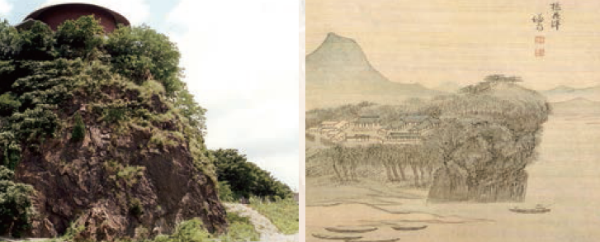
Jeoldu-san was once considered to be one of the best scenic spots in the Joseon Dynasty. Jeoldu-san, however, is now considered to be a tragic place where hundreds of people were killed just because of their religion. The original name of Jeoldu-san was Jamdu- bong, which means the head of a silkworm, since the shape of the mountain was similar to the head of a silkworm. Jamdu-bong was renowned for its beautiful scenery, attracting lots of well-known poets and writers to visit Jamdu-bong and enjoy the fantastic view. Jamdu-bong was so famous that when a Chinese envoy visited Joseon, it was a must-visit place. In addition, a famous painting called Yangwhajin by Jeong Sun, who was a brilliant painter at the time, also depicted the scenery of Jeoldu-san. In 1886, however, the beautiful mountain Jamdu-bong was changed into an execution ground of Catholics. In 1886, Joseon started to oppress Catholics, which led French fleets to invade Joseon and come all the way up to Jamdu-bong. Heungseon Daewongun, who was the king of Joseon at that time, thought Joseon had to wash this place off with the blood of Catholics since it was polluted by intruders of France. He therefore killed more than 177 Catholics including more than 20 foreign salvationists. After this tragic incident, Jamdu-bong started to be referred to as Jeoldu-san, which means a “mountain where people’s heads have been cut off”. Today at Jeoldu-san, tools used for execution are still stored and exhibited within museums and catacombs. In recognition of painful historical values, Jeoldu- san was designated on the National Register of Historic Places as number 399 in 1997. In 1984, the former Pope John PaulⅡ came to Korea during his period as Pope and visited this place, showing his great sorrow. Jeouldu-san is located right next to the Han river and has very high accessibility, but not many people are aware of this valuable place. SKT therefore recommends Kingos to visit this place as an experience of dark tourism.

• Location: Tojeong-ro, Mapo-gu, Seoul (Take a ride from Hyehwa Station (line 4) → Transfer to line 2 at the Dongdaemun History Park → Get off at Habjeong Station → Walk about 600m)
• Information about Jeoldusan Martyrs Site at Jeouldu-san •Time: Tuesday~Sunday 9:30 - 17:00
•Entry Fee: Free
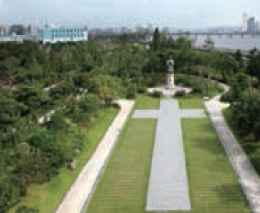
Pains and Tears of Modern History
Seodaemun Prison History Hall
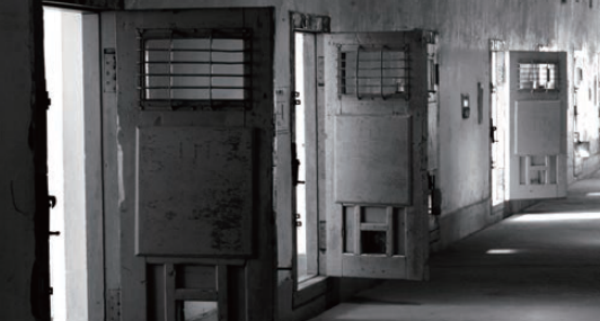
Seodaemun Prison History Hall is a famous dark tourism site, which is still full with the pain of the modern history of Korea. It is the place where Kingos who are particularly from foreign countries can understand the historical background of Korea more deeply and vividly. Seodaemun Prison was built by Japan in 1908, during the Japanese colonial era. During this period, movements against Japanese colonization arose throughout the country and Seodaemun Prison was a prison designed to imprison Koreans who fought for national independence. In this place, Kingos can feel and experience the pain of the independent fighters by looking at various records, torture chambers, jail, and execution ground. Moreover, exhibitions, video rooms, catacombs, and many other facilities help visitors to have a deeper understanding on various records and artifacts of modern history. More than 350,000 people were imprisoned here and many died in this prison due to the cruel torture carried out by Japanese soldiers.
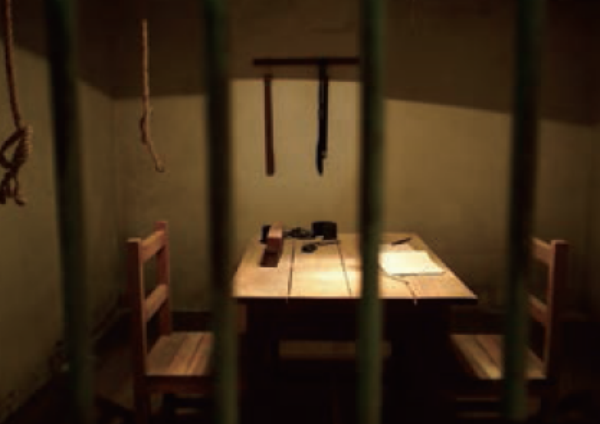
Other than for historical value, Seodaemun Prison was actually the first modern jail in Korea. The Ok, which was generally deemed as a jail at that time, was not actually a jail since there was no concept of imprisonment in the punishment system in the past, and it was the place to arbitrarily confine people. Additionally, Seodaemun prison is the prototype of the modern prison, which is very rare world-wide nowadays. Therefore, it has a great deal of significance and distinction in architectural aspects. People are able to see a panopticon, which is a circular shape of architecture technology that the famous utilitarian philosopher Jeremy Bendam devised. As this place has been acknowledged for its historical and architectural significance, it is designated on the National Register of Historic Places as number 324. Considering that Seodamun Prison is already familiar to many Koreans for its vivid depiction of pain and sorrow of Korean history, it would be especially great for Kingos from abroad to visit this place that has come to be an icon of dark tourism in Korea.
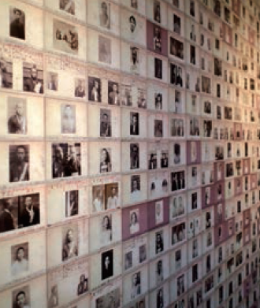
• Location: Tongil-ro, Seodaemun-gu, Seoul (Go to Hyehwa Station (line 4) → Transfer to line 3 at Chungmuro Station → Get off at the Dongnimmun Station → Walk about 200m
• Time: From March - October: 09:30 - 18:00, November - February: 09:30 - 17:00 Closed on Monday and holidays.
•Entry Fee: 3000 won
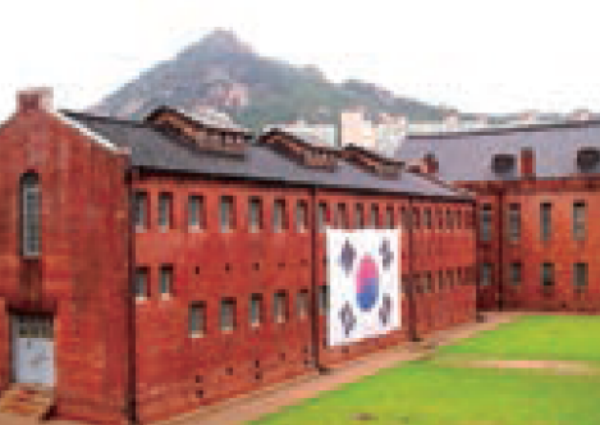
Other than these places, there are many other dark tourism sites and their numbers are increasing as time passes. Next year, dark tourism roads are about to be open near Namsan. Thus, the SKT recommends Kingos to try dark tourism where people can feel and sympathize with the pain of the past more vividly.
